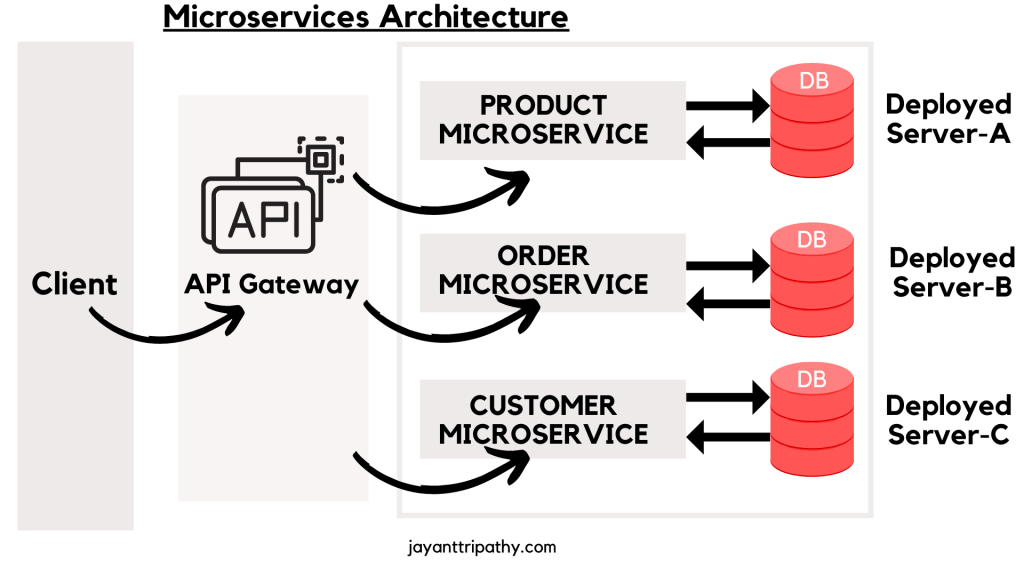The .NET framework has revolutionized the way developers create applications across various platforms. As a versatile and robust framework developed by Microsoft, .NET provides a comprehensive environment for building, deploying, and running applications. This article aims to delve deep into the intricacies of the .NET framework, exploring its features, benefits, and the various components that make it an essential tool for developers. By the end of this guide, you will have a clear understanding of what .NET is and how it can enhance your development projects.
In this digital age, having a solid grasp of frameworks like .NET is crucial for developers and businesses alike. The framework supports multiple programming languages, including C#, F#, and Visual Basic, making it accessible to a wide range of developers. Additionally, its compatibility with cloud services and IoT devices positions .NET as a forward-thinking solution for modern development needs.
This article will cover various aspects of .NET, including its history, key features, architecture, and the differences between .NET Framework, .NET Core, and .NET 5.0. We will also explore best practices for utilizing .NET in your projects and how to get started with this powerful framework.
Table of Contents
- 1. History of .NET Framework
- 2. Key Features of .NET
- 3. Understanding .NET Architecture
- 4. .NET Framework vs .NET Core vs .NET 5.0
- 5. Getting Started with .NET Development
- 6. Best Practices for .NET Development
- 7. Resources for Learning .NET
- 8. Conclusion
1. History of .NET Framework
The .NET framework was first introduced by Microsoft in 2002, aiming to provide a platform for building applications with a common set of tools and libraries. Initially, it was designed to support Windows applications, but as the demand for cross-platform compatibility grew, Microsoft expanded .NET to include .NET Core in 2016. This evolution marked a significant shift in the framework's capabilities, allowing developers to build applications for Windows, macOS, and Linux.
2. Key Features of .NET
One of the main reasons for the widespread adoption of .NET is its rich set of features. Some key features of .NET include:
- Language Interoperability: .NET supports multiple programming languages, allowing developers to use the language they are most comfortable with.
- Base Class Library (BCL): A comprehensive library that provides a wide range of functionalities, from file handling to XML manipulation.
- Cross-Platform Development: With .NET Core and .NET 5.0, developers can build and run applications on different operating systems.
- Robust Security: .NET provides various security features, including code access security and role-based security.
- Automatic Memory Management: The framework includes a garbage collector that automatically manages memory allocation and deallocation.
3. Understanding .NET Architecture
The architecture of the .NET framework is divided into several key components:
- Common Language Runtime (CLR): The runtime environment that manages the execution of .NET applications, providing services such as memory management and exception handling.
- Framework Class Library (FCL): A collection of reusable classes and APIs that developers can use to build applications.
- ASP.NET: A subset of .NET used for building web applications and services.
- Entity Framework: An object-relational mapping framework that simplifies database interactions.
4. .NET Framework vs .NET Core vs .NET 5.0
Understanding the differences between these versions is crucial for developers:
4.1 .NET Framework
The original .NET Framework is primarily Windows-based and includes a wide range of libraries and tools for building desktop and web applications. It is not open-source and is suitable for legacy applications.
4.2 .NET Core
.NET Core is a cross-platform, open-source version of .NET that allows developers to build and run applications on various operating systems. It is modular and lightweight, making it ideal for cloud-based applications.
4.3 .NET 5.0
Released in November 2020, .NET 5.0 consolidates .NET Framework and .NET Core into a single platform. It supports cross-platform development and offers performance improvements and new features.
5. Getting Started with .NET Development
To start developing with .NET, follow these steps:
- Install Visual Studio: Download and install Visual Studio, which provides a comprehensive development environment for .NET applications.
- Create a New Project: Use the Visual Studio project templates to create a new .NET application.
- Learn the Basics: Familiarize yourself with C#, F#, or Visual Basic and understand the fundamentals of .NET programming.
- Utilize Documentation: Microsoft provides extensive documentation and tutorials to help you get started with .NET.
6. Best Practices for .NET Development
To ensure the success of your .NET projects, consider the following best practices:
- Follow Coding Standards: Adhere to industry coding standards to maintain code quality.
- Use Version Control: Implement version control systems like Git to manage your codebase efficiently.
- Optimize Performance: Regularly profile your applications to identify bottlenecks and optimize performance.
- Implement Unit Testing: Write unit tests to ensure the functionality and reliability of your code.
7. Resources for Learning .NET
Here are some valuable resources to enhance your .NET knowledge:
- Microsoft .NET Documentation
- Pluralsight .NET Core Fundamentals Course
- Udemy .NET Courses
- YouTube .NET Tutorials
8. Conclusion
In conclusion, the .NET framework is a powerful tool that offers a wide range of features and benefits for developers. Whether you are building web applications, desktop software, or cloud-based solutions, understanding .NET is essential for success in the modern development landscape. We encourage you to explore the resources provided, experiment with .NET projects, and continue learning to enhance your skills.
If you found this article helpful, please consider leaving a comment, sharing it with others, or exploring more articles on our site.
Thank you for reading, and we look forward to seeing you back on our site for more insightful content!



